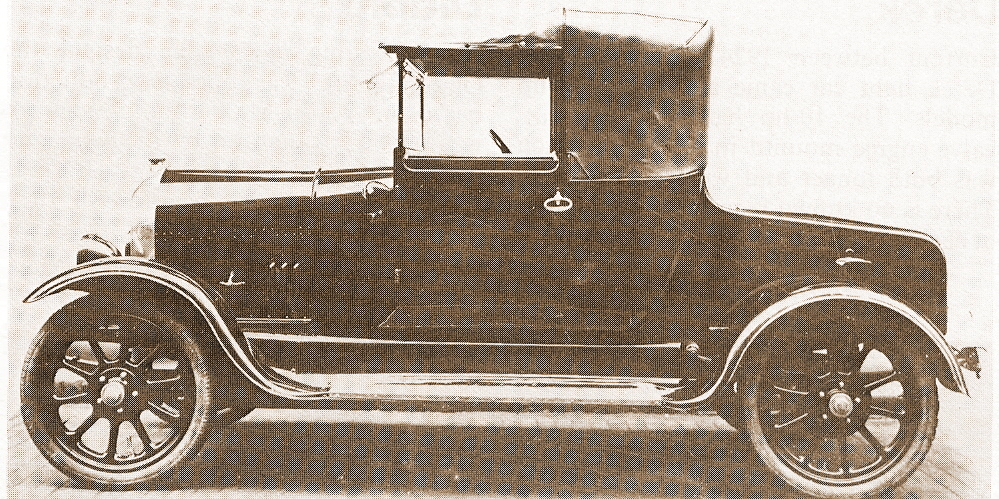A 1920 car, the MHV Dawson, built by Dawson Car Co. Ltd., Coventry, England.
Detailed instructions for the daunting task of preparing the family auto for customary winter storage were offered, a little late in the season, by the Winnipeg Evening Tribune, February 5, 1921, in this reprint from Motor Life.
Cold and dampness must be excluded so far as possible from the place in which one stores his car during the winter months. They will do great harm to the paint and to the mechanical features of the vehicle when it is left to their mercy for a long period. Therefore, it would be a good idea for anyone contemplating laying up his car first to line the inside of his garage with sheathing paper; or at least he should plug up all cracks to make the place as snug as possible.
Then the really thorough individual will follow out this procedure before locking the door on his car for its long sleep:
- Wash and thoroughly clean the car and jack it up from under the frame. Do this by placing four wooden trestles under the frame, the best points of support being close up against the two front shackle bolt brackets of the front springs. Supporting the chassis in this manner relieves all weight from the springs and wheels.
- Remove all tires from the rims and completely exhaust air from the inner tubes and rub them down well with soapstone, sprinkle with French chalk, fold them perfectly flat, care being taken not to crease them, and place them in inner-tube bags. The tires should be laid down flat. Store both tires and tubes in a dark place.
- Clean and shellac all rims. Drain off water from the radiator and cylinder block. Flush out the radiator with hose. To insure that all water has been emptied from cylinder block and water pipes, start up motor and run slowly for a few minutes. This will convert any water into steam, which might have collected in the water jackets. Replace any plugs removed to drain off the water and close drain cocks.
- Empty gas tank and drain carburetor. Disconnect electrical cables at battery and remove battery. Smear ends of cable with Vaseline. Fill with distilled water and store in a dry place where there is no danger of freezing. Release clutch by propping open with strips of wood between clutch pedal and floor board.
- Wipe a machine’s parts on motor and transmission, clutch and steering gear with an oil-soaked rag. Cover with canvas, burlap or old rag and replace bonnet.
Oil all steering joints and connections and wrap up with rag. Fill shackle bolt oil cups with oil and wrap up with rag. Fill and screw down all grease cups. Pry open spring leaves and inject graphite and bandage with rag or canvas. Put the top up and cover the whole car with a dust sheet which will completely cover the car.
Unfamiliar Canadian History Stories 117
